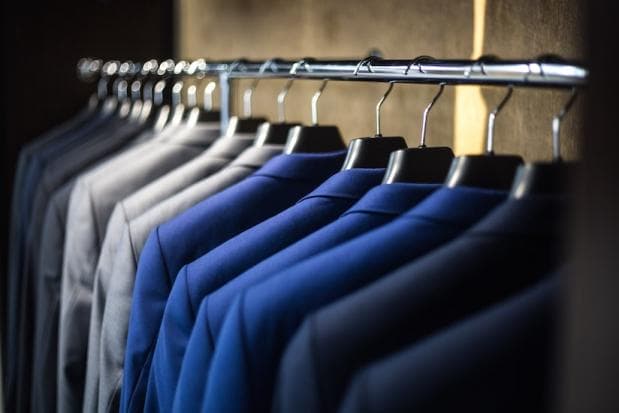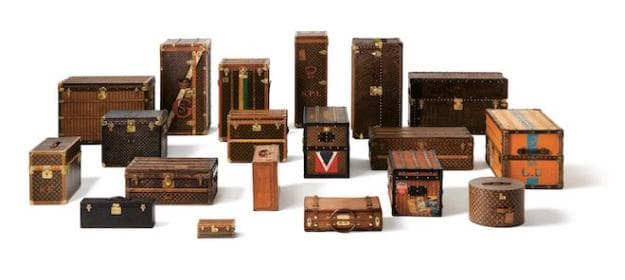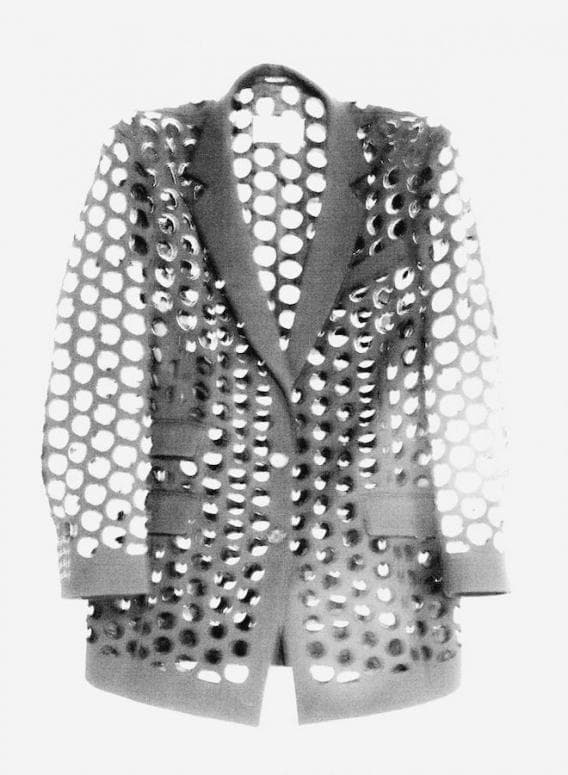
With practice comes the knowledge of being cognizant about how to improve a design, and it is on this basis that many luxury brands establish themselves as leaders in the competitive environment that is fashion. Many fashion houses have a long history stretching back to the royal courts and are now synonymous with the word “luxury”. Maintaining their status as the arbiter of taste is not a walk in the park and requires countless rounds of refinement and experimentation. It is this continuous search for innovative ways to present their new products that makes consumers return to these luxury brands and anticipate their new launches.
Craft is important to heritage brands such as Louis Vuitton, Fendi, Dior, and many others, because it allows them to set themselves apart from their competitors. The craftsmen employed by fashion houses usually have to undergo a period of apprenticeship where they are first taught the history of the brand. Through this process of learning, newbies get a taste of how the house operates and its niche, then, they are assigned to a mentor from which they will learn the ropes of the house’s signature craft.

Take, for example, Louis Vuitton, it is always known for its uber-luxurious trunks that it has been manufacturing since 1858. Building on the knowledge the founder had accumulated while being the trunk-maker to the wife of Napoleon III, he designed a new kind of trunk that could address the problems of the old designs. It soon became a necessity to carry a Louis Vuitton trunk when travelling but that all changed with the introduction of the Keepall bag by Vuttion’s son, Gaston Vuitton—a bag that captured the spirit of modern travel. People’s habits have changed: the bag has to be light, flexible and always ready for an immediate departure. Of course, the brand doesn’t just stop there, it continues to surprise consumers with fresh designs while using only the most luxuriant materials that are available.
The knowledge that Vuitton learnt while cutting his teeth at the atelier of Monsieur Marechal informed his creations, and during that period of time it was considered revolutionary. The craftsmanship of trunk making is then applied by Gaston Vuitton in constructing the soft case luggage that we are all familiar with today.

Conducting research is one of the ways that brands frequently do to stay ahead of the curve. Be it through inventing new types of materials or employing the latest technology to revamp a classic product, there is a myriad of ways to pique the interest of their consumers. Hermès, for one, has decided to incorporate leather made from mushrooms into its Victoria travel bag. This is in line with the spending habits of Millennials and Gen Z, who are generally more concerned about the social impacts of their spending.
Additionally, this group of consumers are also drawn to products that are able to meld technology with craft, thus, a unique item is what attracts the attention of this burgeoning group. For this season’s collection, a number of the use of laser-cutting seems to be catching waves. From Maison Martin Margiela to Berluti, these brands are bringing bold new textile techniques to fashion, yet they still bear in mind the houses’ characteristic aesthetics and specialities when creating new products.
-

Neoprene-coated wool jacket by Maison Martin Margiela -

Berluti laser cut jacket
Blending the contemporary with long-established techniques elevates the luxurious factor as it takes craftsmanship to the next level. Some may dismiss that designs that are aided by cutting-edge technology may not be exactly considered a craft because the bulk of the work is now being done by the machines. However, what these detractors have failed to consider is the amount of experience needed to even create these machines. The knowledge from generations before is kept intact and used to complement the works of the craftsmen. Hence, the amalgamation of two seemingly disparate modes of work renders the resulting product its lavish price and status.
The post Elevating the Craft of Fashion With Knowledge appeared first on LUXUO.
from LUXUO
No comments:
Post a Comment